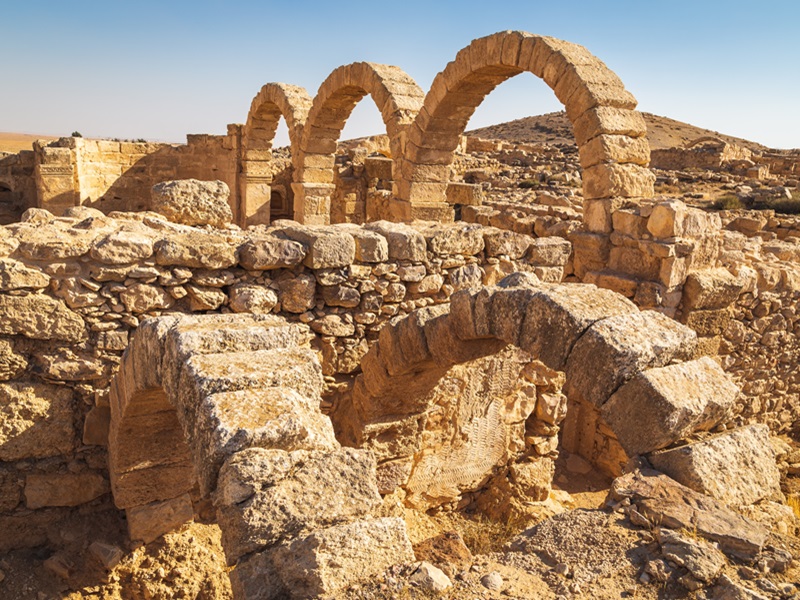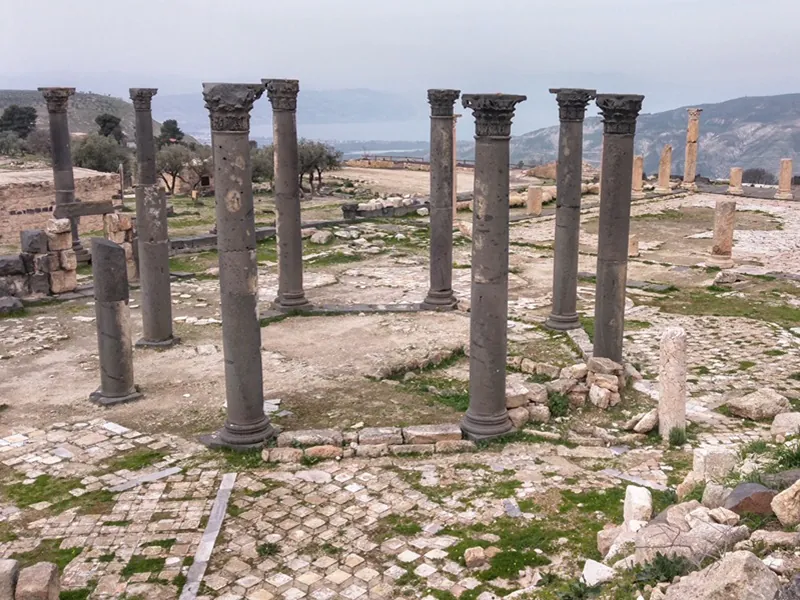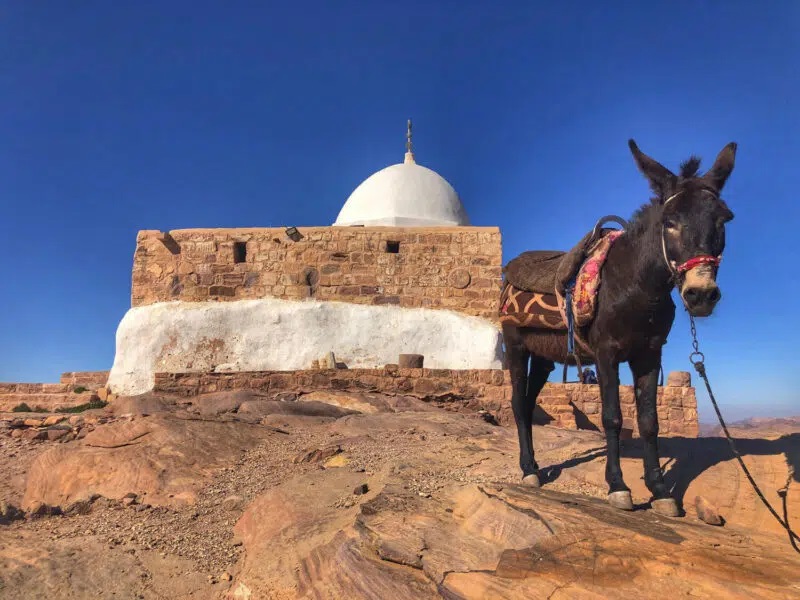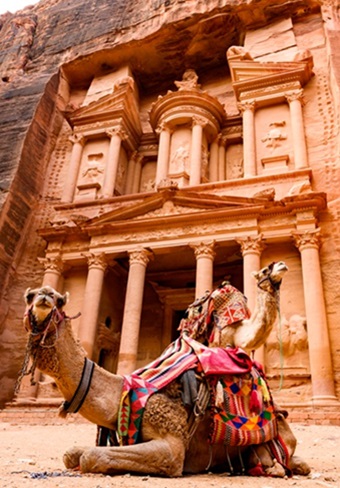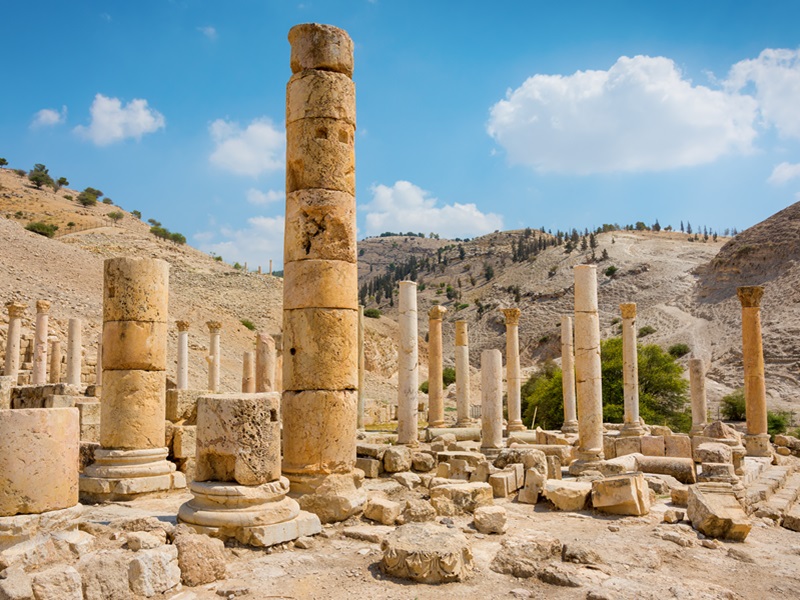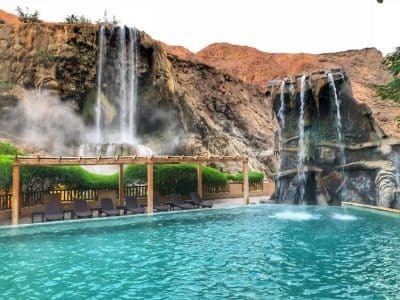Umm ar-Rasas
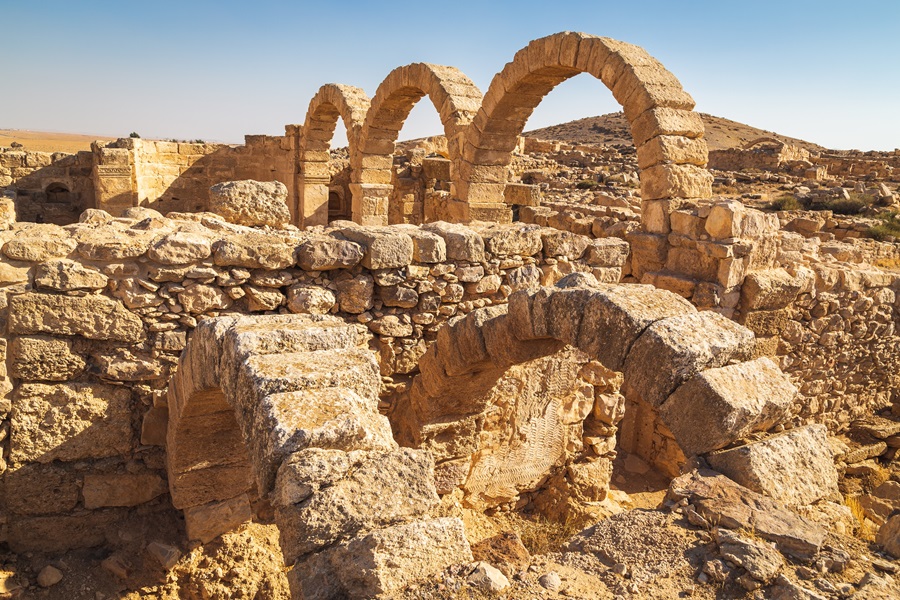
Set along the ancient “Kings’ Highway,” the Moabites settled Umm Ar-Rasas in biblical times and named it Meiphat (Jeremiah 48:21). Later, the Romans built a military camp at the site, one of several posts along their eastern frontier line (“Limes Arabicus”). A civilian village developed around the camp in the Byzantine period, but the whole site was abandoned by the 9th century due to the Muslim conquest of the region.
Archaeological Research

A Franciscan archaeological expedition excavated in Umm Ar-Rasas in the 1980s. They uncovered several Byzantine-era churches, many of which with well-preserved mosaic floors. Most significant is the mosaic of Saint Stephan’s church. Dating to 785 CE, it is the largest mosaic floor found in Jordan, depicting a combination of fishing scenes and cities in the Holy Land. Some of the mosaics included evidence of iconoclasm—the defacement of the images of figures. Scholars debate whether this was an internal Christian reform or forced upon them by the Muslims after the Muslim conquest.
In 2004, UNESCO daclared Umm ar-Rasas as a World Heritage site.
Touring Umm ar-Rasas
Umm Ar-Rasas is a Jordanian national park. It is open every day of the week, free of charge. Although most of the site is still in ruins, marked trails lead to the covered areas, where balconies provide optimal views of the site’s famous mosaic floors. One mile north of the site is a 43-foot-high stylite tower. It is estimated that a hermit lived on its top in the Byzantine period.
A tour of Umm Ar-Rasas can be combined with a multi-day tour of Jordan.
